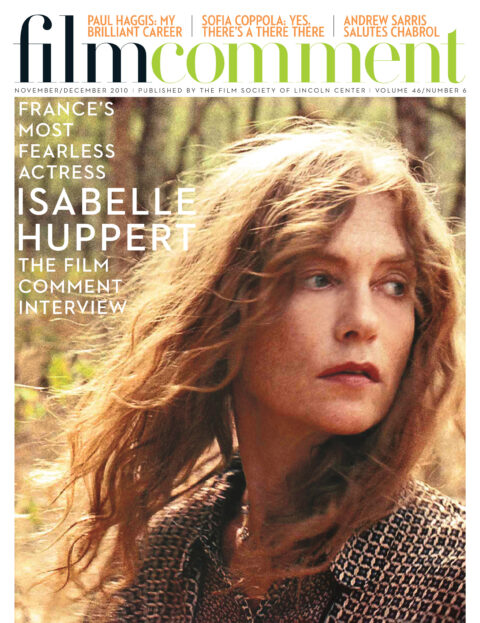
After five days (and seven hours) spent trapped in a lonely corner of Utah’s desert canyons, his right hand crushed and pinned beneath a dislodged boulder, amateur outdoorsman Aron Ralston amputated his own forearm with a pen knife so dull it could barely slice through skin.
That sure is one sensational hook—I mean, fuck!—but it resolves into an uplifting takeaway (survival against all odds), and the one-two combination has made Ralston instantly and enduringly famous. Named 2003’s Man of the Year by GQ and Vanity Fair, he’s lit up the TV talk-show circuit, toured the world as a motivational speaker, and authored the bestselling chronicle Between a Rock and a Hard Place. On its face, Ralston’s memoir is a grisly worst-case scenario, but in essence it’s a journey of self-discovery that leads its spiritually wayward hero to find meaning and purpose through family (Ralston regrets neglecting his parents and romantic partners, has visions of the son he’ll someday father).
That dynamic is easily absorbed within the thematic universe of director Danny Boyle, whose latest film transforms Ralston’s story into an idiosyncratic star vehicle for screwball stud James Franco. A director of modern-day fables and fairy tales, Boyle disguises (just barely) his conventionally sentimental and spiritually romantic vision by way of surface-action brutality and verité affect. His plots may portray a fallen world—from the murder, greed, and romantic betrayal of his debut, Shallow Grave (94), to the grinding poverty, ethnic pogroms, and child slavery of Slumdog Millionaire (08)—but with the reliability of a Victorian novelist, Boyle rewards virtue, punishes vice, and ensures that True Love conquers all. The hallmarks of his rough-edged, location-shot style (gritty textures, slurred motion, blown-out source lights, and oversaturated colors) are analogous to the calculated use of distortion and feedback in commercial music: the surface static keeps the dance beat and pop melodies from seeming saccharine.

But another aspect of this scenario is quite uncongenial to Boyle’s on-the-run style: for most of the film, the hero can barely move. In interviews, Boyle has described this as a challenge that appealed to him. In practice, he effectively cheats his way out of it. One might have hoped that the restricted space would force Boyle (as it did Ralston) to pay close attention to the most minute details of his environment, to discover hidden opportunities for action, and to systematically develop the scenario’s progress. Boyle may not be Robert Bresson, but here he doesn’t even try to be. Instead of latching onto substance, he overdoses on style.
Two primary cinematographers (Anthony Dod Mantle and Enrique Chediak) employed three kinds of camera (35mm, DV, and still). They shot split-screen triptychs and time-lapse cloudscapes. Their cameras hurtle across the canyonlands, shoot into space, simulate the traveling POV of a water molecule sucked through a hose. There are hyperreal flashbacks and color-processed fantasies. There’s interpolated footage from Ralston’s camera, with video noise and corruption and LCD status bars. There are memories of youthful exploits, shot and scored like soda commercials. There is a montage of actual soda commercials. There are extreme close-ups. And every foley effect is so very, very expressive. The insistently striking visuals and maximum impact sound design seem to betray a lack of confidence in the material—a manic edge and nervous grin that too loudly declares: You see, it’s not boring at all! “I wanted that urban rhythm,” Boyle said in an interview, “which is incessant and just keeps going.” Indeed.
But James Franco is quite good. Though he has the square-jawed virility of a leading man, his offbeat charm is that of a great character actor. Precocious but unpretentious, funny but not fully in on the joke, Franco has a disarmingly endearing personality, and he brings all of that and more to this performance. After headlining a half-dozen forgettable movies that wasted his talent, it seems that Franco’s film career has finally hit its stride. More, please.








